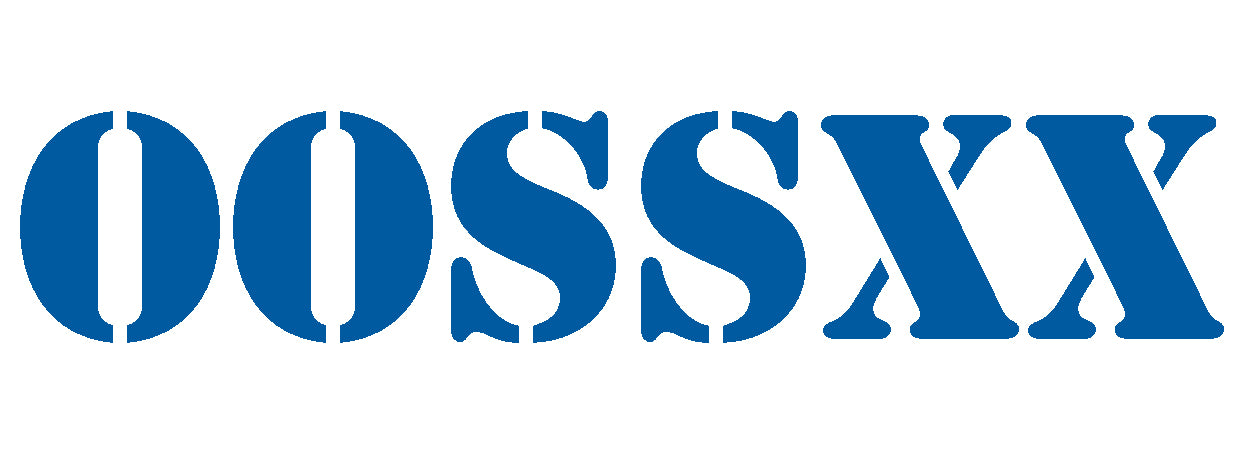Wenn es um Sicherheitsüberwachung geht, verfügen Hersteller, Integratoren, Auftragnehmer und Endbenutzer gleichermaßen über unterschiedliche Kenntnisse zu den gängigen Technologien und Trends in der Videoüberwachung. Begriffe wie analog, digital, 1080P, 2 Megapixel, intelligente Analyse, Videozusammenfassung, H.265 und mehr sind häufig anzutreffen. Diese technischen Begriffe haben eines gemeinsam: Sie werden aus technischer Sicht formuliert. Das ultimative Ziel jedes Projekts ist jedoch die Implementierung, die Erfüllung der Benutzeranforderungen und das Erreichen spezifischer Funktionen, die sich als am besten geeignet erweisen. Daher ist es wichtig, diese technologischen Anwendungen aus der Perspektive eines Benutzers zu betrachten und relevante Produkte und Technologien basierend auf Funktionen und Systemwert aufeinander abzustimmen. Im Folgenden gehen wir auf mehrere technologische Anwendungsperspektiven ein, um sie innerhalb der Branche zu diskutieren.
**1. Erweiterte Speicherdauer:**
Für die Sicherheitsüberwachung heißt es in den GB50348 „Technische Spezifikationen für Sicherheitsschutztechnik“, dass „Daten, Bilder, Ton und andere aufgezeichnete Materialien für einen Zeitraum aufbewahrt werden sollten, der den Anforderungen des Sicherheitsmanagements entspricht. Alle Materialien sollten mindestens 30 Tage oder länger aufbewahrt werden.“ Die meisten Benutzer halten sich normalerweise an diese Speicherdauer, manche verlangen möglicherweise eine Speicherung von bis zu zwei Monaten. In den letzten Jahren, mit der Weiterentwicklung der H.265-Technologie und der Kapazität gängiger Überwachungsfestplatten von 4 TB, können Benutzer tatsächlich höhere Anforderungen basierend auf Projektanforderungen und finanziellen Überlegungen angeben. Wenn das Budget es beispielsweise erlaubt, ist eine Anforderung für eine Speicherung von Überwachungsmaterial für zwei Monate oder sogar länger nicht ausgeschlossen. Darüber hinaus reduziert die Einführung von H.265 die Bandbreite für die Videoübertragung. Im Vergleich zu H.264 erfordert H.265 die halbe Bandbreite für ein Bild in gleichwertiger Qualität. Daher veranlasst die Anforderung einer „erweiterten Speicherdauer“ Hersteller und Integratoren natürlich dazu, mehr Aufwand in die H.265-Technologie zu investieren, um „schärfere Bilder bei gleicher Bandbreite oder eine geringere Bandbreite für ähnliche Bilder“ zu erreichen. Darüber hinaus wären weniger Hardwaregeräte für Speicherressourcen erforderlich.
**2. Mehrzwecknutzung von Überwachungsbildern:**
Während sich die Überwachung zunächst auf die Sicherheitsüberwachung konzentrierte, umfassten spätere Anwendungen Verkehrsüberwachung, öffentliche Sicherheit und sogar Produktionsüberwachung in Fabriken. Heutzutage ist die Anzahl der Videopixel nicht mehr das Hauptproblem – wie etwa Auflösungen von 2 Megapixel, 3 Megapixel und 5 Megapixel –, sondern der Schwerpunkt liegt auf der Optimierung der Nutzung über Sicherheitsanwendungen hinaus. Es ist zwingend erforderlich, diese Bilder in verschiedene Geschäftsprozesse der Benutzer zu integrieren, um mehr Wert zu generieren. Beispielsweise entfallen in unbeaufsichtigten Umgebungen die Kosten für manuelle Überwachung, und bei Videopatrouillen entfallen die Kosten für menschliche Patrouillen. Daher fordert die Anforderung „Mehrzwecknutzung von Überwachungsbildern“ die Ausweitung intelligenter Analysetechnologie und nutzt gleichzeitig Geschäftsanwendungen, um das Potenzial intelligenter Analysetechnologie zu maximieren.
**3. Vereinfachter Systembetrieb und -wartung:**
Derzeit betreiben Unternehmen Hunderte und in manchen Fällen sogar Tausende von Kameras. Es ist nicht schwer, sich die Herausforderungen vorzustellen, die der traditionelle manuelle Betrieb von Überwachungszentren mit sich bringt. Eine umfassende Echtzeitüberwachung ist nicht machbar, und die Videowiedergabe liefert möglicherweise keine zufriedenstellenden Ergebnisse oder erfordert einen übermäßigen Aufwand, um relevantes Filmmaterial abzurufen. Intelligente Überwachungssysteme lindern diese Probleme, indem sie Computer- und Maschinenvision einbeziehen, menschliche Subjektivität ausschließen, Videoinhalte objektiv analysieren, ungewöhnliche Ereignisse oder potenzielle Probleme erkennen und bestimmen, ob ein Alarm gerechtfertigt ist. Die sofortige Natur von Alarmen vermeidet die Verzögerungen, die durch menschliches Handeln entstehen.
**4. Kompatibilität mit führenden Markenprodukten:**
Früher drehten sich Diskussionen über die Systemkompatibilität unter Sicherheitsherstellern oft um „Unsere Produkte unterstützen ONVIF-Standards …“ und dergleichen. Bei tatsächlichen Projekten erwies sich die Integration zwischen verschiedenen Marken jedoch als schwierig. Mit der Einführung von GB/T 28181 „Technische Anforderungen an Informationsübertragung, -austausch und -steuerung für vernetzte Videoüberwachungssysteme“ ergab sich ein Weg zur markenübergreifenden Kompatibilität. Trotzdem blieb das Erreichen echter Kompatibilität schwierig. Daher sollten größere Projekte benutzergesteuert sein und eine markenübergreifende Zusammenarbeit umfassen, die wirklich IP-basierte Sicherheitssysteme ermöglicht. Die Allgegenwärtigkeit von Internetverbindungen bedeutet, dass jede IP-basierte Kamera in ein Sicherheitssystem integriert werden kann, unabhängig vom Hersteller. Folglich treibt die Anforderung „Kompatibilität mit führenden Markenprodukten“ Hersteller und Integratoren in Richtung echter ONVIF- und GB/T 28181-Kompatibilität, um nicht vom Markt ausgeschlossen zu werden.
**5. Vereinfachte Gerätebereitstellung:**
Derzeit benötigen Überwachungskameras sowohl Strom- als auch Netzwerkkabel. Branchenexperten tendieren jedoch zu einer Einkabellösung (Power over Ethernet oder PoE) und in einigen Fällen zur drahtlosen Übertragung. Obwohl die drahtlose Übertragung bestimmte Herausforderungen bei Nachrüstprojekten oder großen Entfernungen löst, bieten kabelgebundene Verbindungen eine höhere Stabilität. Dennoch hat sich PoE aufgrund von Bedenken hinsichtlich Stabilität und Produktzuverlässigkeit nicht weit verbreitet. Die Nachfrage nach „vereinfachter Gerätebereitstellung“ veranlasst Hersteller daher, ihre PoE-Produkte zu verfeinern, wobei sich sowohl Hersteller von Sicherheitskameras als auch Switches konzentrieren. Gleichzeitig gewinnt die Entwicklung der drahtlosen Übertragungstechnologie an Bedeutung und bietet eine praktikable Lösung für Situationen mit umfangreichen Nachrüstanforderungen oder Bereitstellungsanforderungen über große Entfernungen.
Zusammenfassend lässt sich sagen, dass intelligente Videoüberwachungssysteme den Höhepunkt der Überwachungstechnologie darstellen, da sie die Digitalisierung nutzen und Computervision nutzen. Diese Systeme bieten kontinuierliche, autonome Überwachung, minimieren die Abhängigkeit von Personalressourcen, reduzieren Fehlalarme, verbessern die Reaktionseffizienz und erweitern die Möglichkeiten der Videoressourcennutzung. Die Marke OOSSXX Monitoring steht an der Spitze dieser Entwicklung und bietet Lösungen, die sich an diesen aufkommenden Trends orientieren und den sich ständig weiterentwickelnden Anforderungen der Branche und der Endbenutzer gerecht werden.









